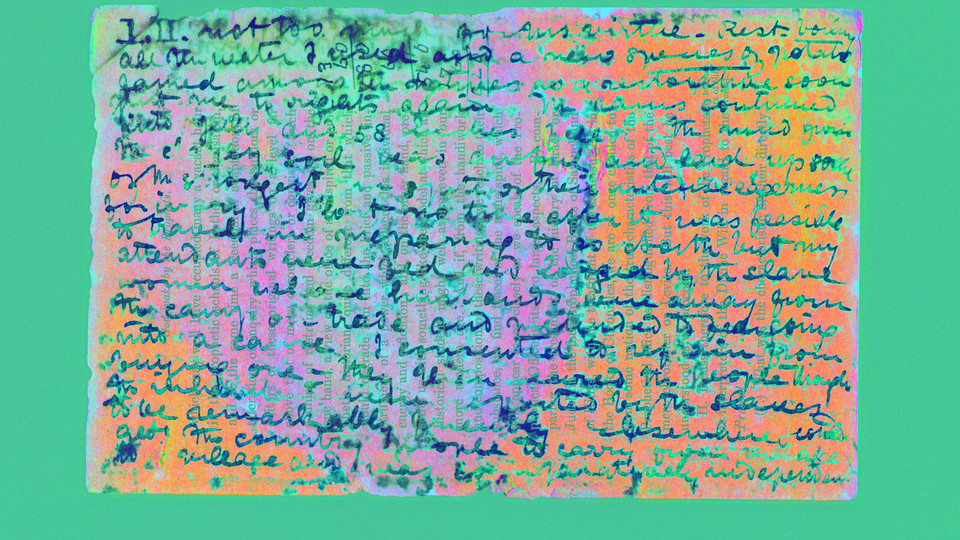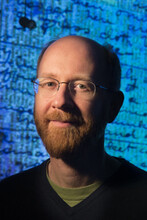· 3 min read
Livingstone project in running for online award

Livingstone Online’s latest project, a digital edition of the famed explorer’s 1870 Field Diary and related manuscripts from 1870-71, is up for votes in a contest for a digital humanities award.
“Livingstone’s 1870 Field Diary: A Multispectral Critical Edition” is one of five nominees for Best DH Data Visualization. The winner will be chosen through a public vote that closes at 6 p.m. CST Feb. 25.
Adrian S. Wisnicki, an assistant professor of English at the University of Nebraska-Lincoln, is director of Livingstone Online and a number of students at Nebraska have played key roles in its research. They include Ashanka Kumari, now at the Univeristy of Louisville; Erin Cheatham, Alexander Munson and Lauren Geiger. Programmer Jessica Dussault of the Center for Digital Research in the Humanities has also helped with the project.
The award is open to the public and anyone is eligible to vote, said James Cummings, founder and director of the grassroots award. Cummings is based at the University of Oxford, although the award is not tied to Oxford or any other organization or institution.
A team of international digital humanities experts vets the nominations to make sure they qualify as digital humanities projects and were created or significantly updated during the past year.
“The point is to give (digital humanities) resources a way to advertise their existence,” Cummings said. “While voters are there, they might also notice other interesting projects in other categories.”
Born in Scotland, Livingstone was perhaps the best known missionary and explorer of the Victorian period. He died in what is present-day Zambia in 1873 after spending nearly three decades exploring the interior of Africa, including his ill-fated search for the source of the Nile. His famed meeting and interview with New York Herald journalist Henry Morton Stanley in 1871 – who was said to have greeted the legendary explorer with “Dr. Livingstone, I presume?” – helped cement Livingstone’s reputation and historical legacy.
Wisnicki said the diaries are valuable to scholars, students and the public for their insights into how African villagers and ethnic groups responded to slave traders and westerners who began penetrating the continent in the late 19th century.
After years of development, a beta version of the 1870 field diary was released in November. It includes spectral images and animated images of the manuscript pages. A previous effort used spectral imaging to recover an 1871 diary written with homemade ink in the margins and line spacing of an old newspaper after Livingstone ran out of writing supplies. Various wavelengths of light revealed the text of the journal, rendered illegible by the combination of faded ink and newspaper printing.
Livingstone used paper scraps, books and even the back of a map for his 1870 diary. Wisnicki’s team used spectral imaging methods to reveal the diary’s hidden history – its passage across many hands, its travels from Africa to Great Britain and its survival through the years.








